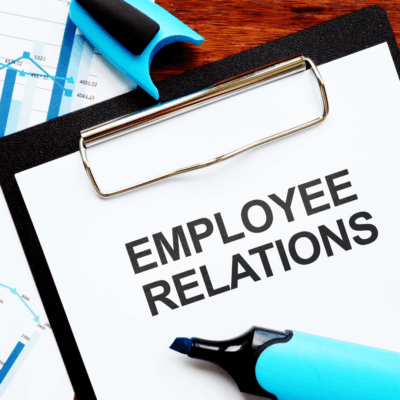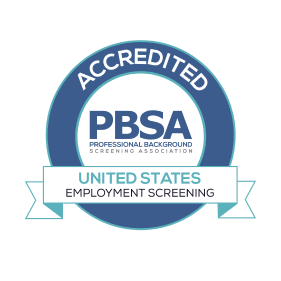Why Every Business Needs a Strong Employee Relations Strategy Now
Employee Relations (ER) is no longer the behind-the-scenes fixer quietly navigating conflicts and managing compliance issues. Today, ER is emerging as a strategic pillar within HR, one that not only minimizes legal risk but also plays a vital role in shaping culture, driving engagement, and building organizational resilience.
As companies grow in size, complexity, and geographic scope, the need for specialized ER expertise becomes urgent.
“You can’t rely on generalists to catch everything,” says Brad Eddy, Senior Manager of Employee Relations Business Partner at HelloFresh. “At a certain point, ER stops being a nice-to-have and becomes mission-critical.”
Why ER Deserves a Seat at the Strategy Table
Traditionally, ER has been reactive, called in to investigate complaints, mediate disputes, or ensure compliance during terminations. But in modern workplaces, where hybrid work, DEI, and mental health are front and center, that reactive model falls short.
Brad emphasizes a more proactive, data-informed approach.
“Employee Relations is about more than fixing problems after they happen,” he explains. “We’re here to recognize patterns, identify root causes, and work with leadership to prevent issues from escalating in the first place.”
On America Back to Work, he draws a sharp distinction between HR business partners and ER professionals. While HRBPs drive talent and business strategy, ER is uniquely focused on mitigating risk, crafting policies, and protecting culture.
“ER professionals are the ones asking, ‘Are we consistent? Are we fair? Are we compliant—and are we doing the right thing for our people?” Brad says.
When Should a Company Invest in ER?
The answer depends on more than just headcount. Brad advises organizations to look at complexity over size.
“If you’re seeing an uptick in workplace investigations, grievances, or if your legal counsel is getting involved more often, it’s probably time,” he notes.
Companies also tend to benefit from ER specialists when operating across multiple jurisdictions or navigating high-risk industries like healthcare, logistics, or manufacturing.
Waiting too long, Brad warns, puts both people and performance at risk. “If you don’t build this muscle early, you’ll be scrambling later. And by then, you’re dealing with crises, not culture.”
Conflict Management: It’s All About the Basics Done Well
Whether it’s a misunderstanding between coworkers or a performance issue bubbling under the surface, conflict is inevitable. But poorly managed conflict? That’s optional and costly.
Brad’s best practices aren’t flashy, but they’re timeless: early intervention, fast feedback, active listening, and clear documentation.
“If leaders are ignoring problems or delaying conversations, those issues only become harder to solve,” he explains.
He also points to the importance of training frontline managers.
“Managers are the first line of defense, but they often feel unequipped. Teaching them how to ask good questions, how to listen without judgment, and how to escalate when necessary can save everyone a lot of stress and confusion.”
Trust Is the Currency of ER
One of the biggest misconceptions about ER, according to Brad, is that it’s about protecting the company from employees. In reality, it’s about building a culture where employees feel heard and respected even when things go wrong.
“You don’t build credibility overnight,” he says. “It comes from being transparent, consistent, and doing what you say you’re going to do. And when people know they can trust the process, they’re more likely to come forward before issues spiral.”
Career development, fair treatment, and clarity around policies all contribute to that trust. “ER isn’t just about investigations. It’s about helping people feel safe and valued,” Brad adds.
What’s Next: The Future of Employee Relations
Looking ahead, Brad sees several major trends reshaping the ER landscape:
- Hybrid Work is Here to Stay: “The issues we used to solve face-to-face are now happening over Slack and Zoom,” Brad says. “We have to adapt our tools and our mindset.”
- AI and Analytics Will Take Center Stage: “Data helps us identify risk before it becomes visible. ER teams that can harness analytics will be miles ahead.”
- Mental Health is Becoming a Compliance Issue: “We’re going to see more policy and legal structures around mental health at work. ER will play a huge role in navigating those changes.”
- Legal Complexity Will Increase: With state, federal, and global employment laws in flux, ER must be agile and informed to stay compliant and fair.
Turning Insight into Action
The message from leaders like Brad Eddy is clear: ER is no longer just an HR function. For companies looking to future-proof their talent strategy, investing in a dedicated, empowered ER team isn’t just wise, it’s essential.







